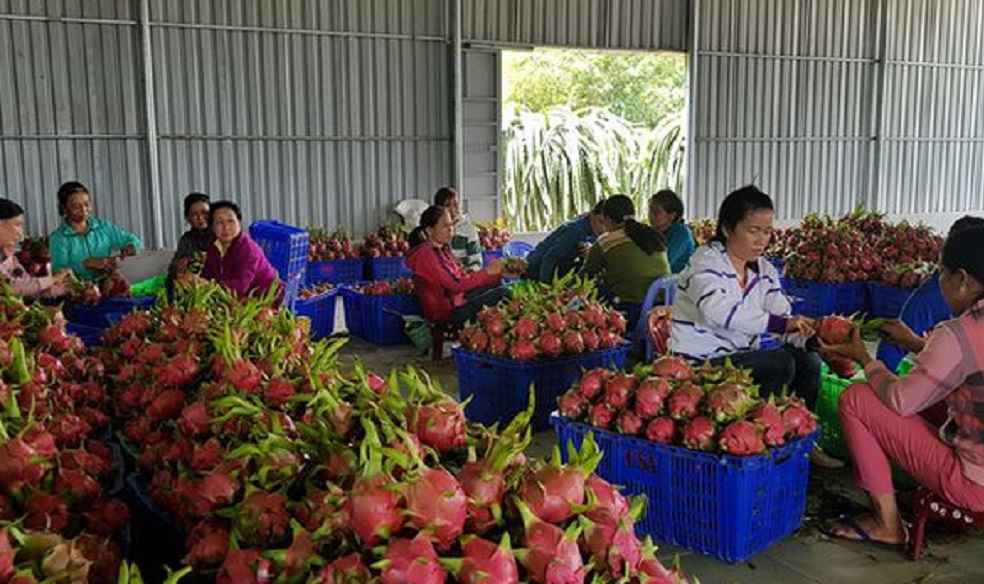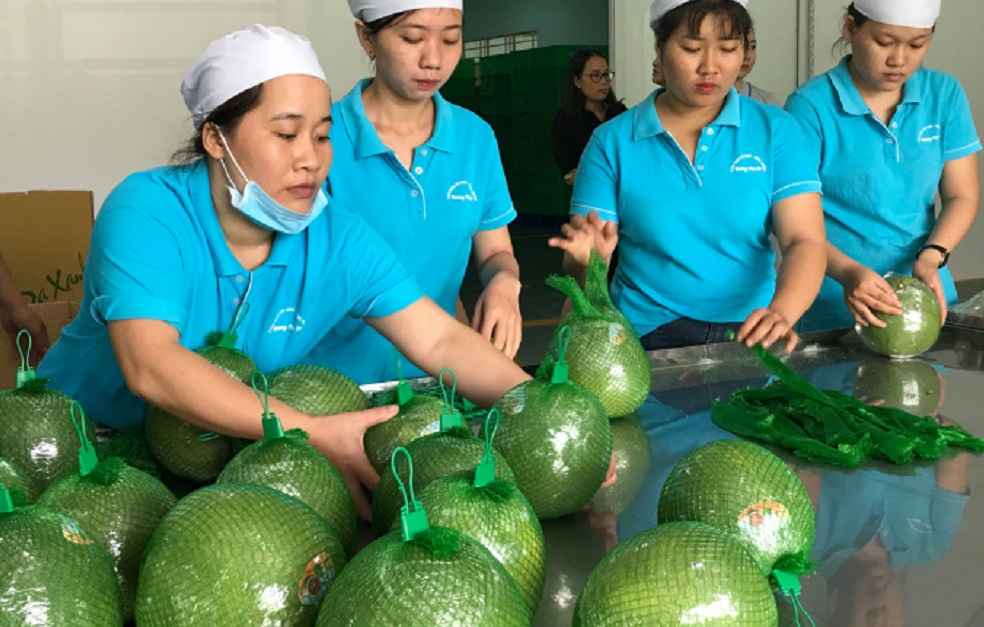Experts convening at a recent forum unveiled the substantial growth prospects for Vietnamese vegetables and fruits across Southeast Asian and Middle Eastern markets. Hosted by the Ministry of Industry and Trade’s Asia-Pacific Market Department, this gathering in Ho Chi Minh City illuminated the strategic openings for Vietnamese agricultural exports.
Le Thi Mai Anh, from the forum’s organizing body, underscored Vietnam’s geographical prowess within the ASEAN region. This edge promises minimized transportation durations, crucial for preserving perishable exports’ integrity. The market, vast and welcoming, showcases low import duties, oscillating between 0 to 5%, thereby fostering an environment ripe for trade.

Yet, this landscape is not devoid of challenges. The congruence in farming product structures across the region precipitates fierce competition and erects multiple trade barriers. The emphasis on exporting fresh fruits could complicate Vietnam’s position in the market. Le Thi Mai Anh made the case that export businesses need to emphasize quality, price, and design as key strategies to strengthen their competitive edge and increase their share of the market.
Corroborating this viewpoint, Truong Xuan Trung, leading the Vietnam Trade Office in the UAE, spotlighted the United Arab Emirates as a beacon of opportunity. With its robust per capita income and reliance on food imports due to its distinctive natural conditions, the UAE emerges as a strategic nexus for broader market access.
This venture mandates a profound comprehension of the unique business milieu and practices within the Muslim world, alongside negotiation of secure payment terms to curtail risks associated with international trade. Trung articulated that Vietnamese vegetable and fruit exporters have the opportunity to capitalize on this market to extend their consumer reach.

Accentuating the industry’s upward trajectory, Le Thanh Hoa from the Ministry of Agriculture and Rural Development’s Department of Quality, Processing, and Market Development, hailed the instrumental role of free trade agreements. These accords streamline the entry of Vietnamese produce into diverse markets. Hoa called for the harmonization of production practices with international standards for food safety and consumer expectations.
Progress in supply chain optimization, mechanization, and advanced technique deployment stand paramount for the sector’s advancement. With exports hitting a record $5.6 billion last year and forecasts predicting a surge to $6.5-7 billion this year, Vietnam’s fruit and vegetable sector strides towards enduring prosperity.
LATEST NEWS | Malaysia-EU FTA Talks Ignite: Anwar’s Vision for Asia’s Gateway, Elevates Ties



